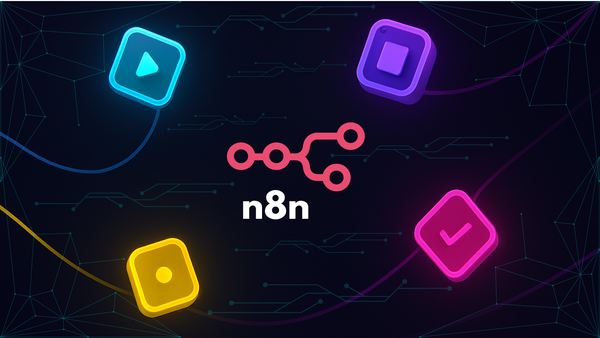Hotwire Native vs React Native, Flutter & Ionic: Which Hybrid Framework Wins in 2025?
Discover which hybrid framework leads in 2025—Hotwire Native, React Native, Flutter, or Ionic. Compare performance, code access, and app delivery to choose the right tech stack for your mobile strategy.

What is Hotwire Native?
Hotwire Native is the framework that allows developers to build native Mobile apps for iOS and Android using their existing Ruby on Rails web application, while delivering the performance and feel of truly native apps. It’s part of the broader Hotwire ecosystem, which includes Turbo and Stimulus, and represents a paradigm shift in how we think about mobile app development.
Check the references for in-depth details: https://blog.humive.com/introduction-to-hotwire-native-apps-with-rails/
Why it stands out:
- HTML/CSS reuse from your web app (~100% UI reusability).
- Instant deployments via web server. No tedious approvals flow on the App Store and the Play Store
- Progressive enhancement: scale into Swift or Kotlin as needed.
| Feature | Hotwire Native | React Native | Flutter | Ionic | PWA |
|---|---|---|---|---|---|
| Approach | Web-first hybrid. Uses server-rendered HTML and adds native features only when needed. | JavaScript framework with native components via a JS bridge. | Uses Dart and its engine to render UI from scratch. | Web UI inside a native wrapper (WebView). | Web app with enhanced capabilities, runs in a browser but behaves like an app. |
| UI Rendering | HTML in WebView with native transitions. Native components via bridges. | Native UI elements rendered via JavaScript. | UI drawn with rendering engine (Skia). Not native widgets. | HTML/CSS in WebView. Looks like a mobile app. | HTML/CSS/JS in the browser. No native wrapper. |
| Deployment & Updates | Instantly deploy updates. No frequent App Store approvals. | Requires app store submission for updates. | Same as React Native—needs store approvals. | Store submission required, quick content updates possible. | Instant update via server code. No app store needed. |
| Native Code Access | Via native bridge (e.g., camera, push, modals). | Full native module access. | Full access to native APIs via plugins. | Via Capacitor or Cordova plugins. | Limited. Some APIs with restrictions. |
| Performance | Good for most apps; smooth native navigation. Web UIs may lag. | Near-native performance; great for interactive apps. | Excellent. Compiled to machine code. Smooth UI. | Web-like; fine for basic UI, not for heavy animations. | Browser-dependent. Good for simple UIs. |
| App Build Size | Very small code (native shell + HTML). | Moderate due to bundled JS and libs. | Larger due to engine and assets. | Small shell + web code. | No install size unless PWA (~1–3MB). |
| Language Stack | HTML, CSS, JS + backend (Rails, Python, etc.) | JS or TS with React. | Dart only. | HTML, CSS, JS or TS. | HTML, CSS, JS only. |
| Navigation | Native push/pop like real mobile apps. | Platform-native navigation. | Custom navigation with Flutter system. | Web-like routing inside WebView. | URL-based navigation. No native transitions. |
| Installation Method | App Store / Play Store. | App from store. | App from store. | App from store. | Browser-based. "Add to Home Screen". |
| Offline Support | Depends on design. Static screens cached. | Full offline support. | Full offline support. | Possible with service workers. | Offline via service workers. |
| Best For | Web-heavy apps needing native touch without full native build. | Strong performance + native UX with web dev skills. | Custom UI/UX, enterprise apps needing control. | Fast MVPs, internal tools with web skills. | Lightweight apps, info portals, instant install + reach. |
Now the question is which one is right for you?
Let's consider it by different scenarios
| Use Case | Best Choice | Why |
|---|---|---|
| You have a Ruby on Rails or web backend and want to build a mobile app with minimal native code. | Hotwire Native | Leverages your web stack, is easy to maintain, and fast iteration. |
| You want to build a rich, native-feeling app using JavaScript and React. | React Native | Shared codebase for iOS/Android with strong community support. |
| You need the best performance and custom UI, and don’t mind learning Dart. | Flutter | Full control over UI and performance with consistent behaviour. |
| You’re a web developer building a simple cross-platform app fast. | Ionic | Easy learning curve, uses familiar tech, deploys to app stores. |
| You want to build a lightweight, installable app with no app store hurdles. | PWA | Works from the browser, installable on mobile/desktop, ideal for fast global reach. |
🚀 Build Cross-Platform Apps the Smarter Way — With Humive
At Humive, we help businesses launch performant, maintainable, and modern apps using Hotwire Native, React Native, PWAs, and Ruby on Rails. Whether you're choosing the lean power of Hotwire, the flexibility of React Native, or the wide reach of PWAs — we’ve got you covered.
Let’s turn your idea into a fast, scalable hybrid app — built the right way.
👉 Connect with us at humive.com




